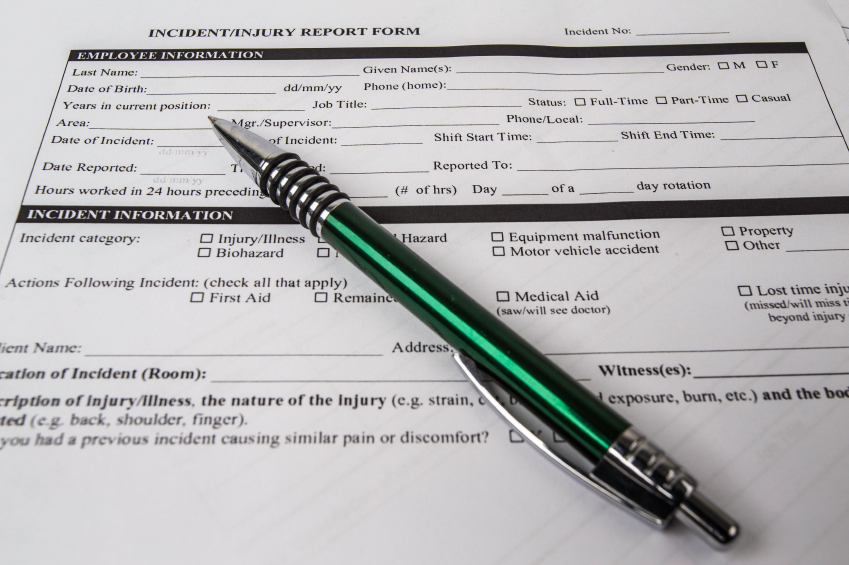Results are in for the first year of reporting under the Occupational Health and Safety Administration’s (OSHA) new severe injury reporting rule. According to a report released recently by OSHA, over 10,000 severe injuries were reported in 2015. Yesterday we reviewed the key findings in the report and talked a bit about pitfalls in conducting rapid response investigations. Today we will offer five tips for reporting fatalities and severe work-related injuries.

|
Since January 1, 2015, employers have been required to report any severe work-related injury to OSHA within 24 hours. Fatalities must still be reported within 8 hours. OSHA recently upped the ante for failing to submit severe injury reports. The agency has increased the penalty for not reporting a severe injury from $1,000 to as much as $7,000. And, fines can be much higher for willfully failing to report.
Tip 1: Who must report severe injuries?
All employers under OSHA jurisdiction must report these incidents to OSHA, even employers that are exempt from routinely keeping OSHA records because of company size or industry.
Tip 2: What must be reported?
Fatalities and severe injuries must be reported. Under the rule, a severe work-related injury is a hospitalization, amputation, or loss of an eye.
Hospitalization. What needs to be reported is a formal admission for an inpatient service at a hospital or clinic for care or treatment. The key here is that there is some hospital-provided care or treatment. Hospitalizations for observation or diagnostic testing does not need to be reported under the severe workplace injury rule.
Amputation. An employer must report amputations of limbs or appendages, including fingertips with or without bone loss and medical amputations, including those of body parts that have since been reattached. Under this rule, amputations do not include avulsions (tissue torn away from the body), enucleations (removal of an eyeball), deglovings (skin torn away from underlying tissue), scalpings, severed ears, or broken or chipped teeth.
Loss of an eye. Here’s where it is a little tricky as to whether loss of an eye includes loss of eyesight and not the whole eye. According to OSHA, loss of sight without the physical removal of the eye is not reportable under the severe injury requirements. However, a case involving loss of sight that results in the inpatient hospitalization of the worker within 24 hours of the work-related incident is reportable.
Tip 3: What not to report
Employers are not required to report fatalities or severe injuries that:
- Are not work-related;
- Are hospitalizations for observation or diagnostic testing.;
- Resulted from a motor vehicle accident on a public street or highway unless in a construction work zone;
- Occurred on a commercial or public transportation system (airplane, subway, bus, ferry, street car, light rail, train); or
- Occurred more than 30 days after the work-related incident in the case of a fatality or more than 24 hours after the work-related incident in the case of an inpatient hospitalization, amputation, or loss of an eye. You must record the event in your OSHA injury and illness records if you are required to keep OSHA injury and illness records.
Tip 4: Where do you report fatalities and severe injuries?
Fatalities and severe injuries can be reported to your OSHA Area Office either by telephone or in person. If the Area Office is closed, you can report the fatality, or severe injury using to the central OSHA 800-321-6742). You can also report online using OSHA’s Serious Event Reporting Online Form.
Tip 5: Where do you report if you are in a state plan state?
Many states operate their own occupational safety and health programs for private sector and/or state and local government workers. Reporting requirements may vary by state, although all states must have or be in the process of developing requirements that are at least as effective as OSHA’s. Check here for the status of state plans for adopting OSHA’s revised reporting requirements.
Be sure to check Safety.BLR.com® for all the information and incident tracking tools you need for reporting workplace injuries.
